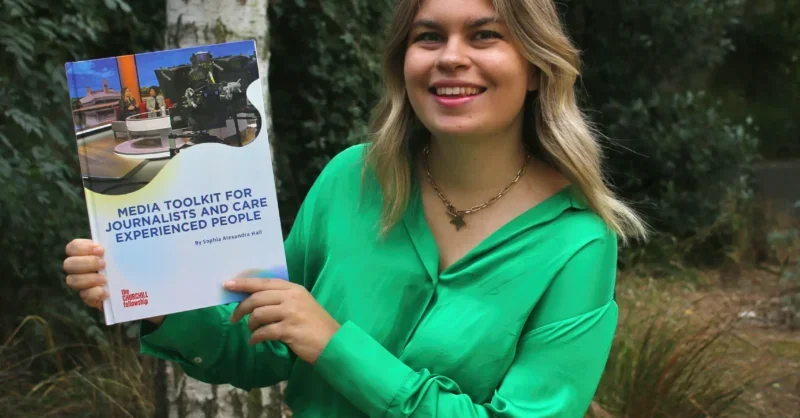Douzens is a little village of fewer than 800 inhabitants, strung out along what was once the main road between the Atlantic and the Mediterranean in the south of France. Now it’s distinguished for wine lovers as being, most unusually, home to four certified organic wine growers who all get along with each other swimmingly.
I pointed out the rarity of this co-operative spirit to the rather serious Jean-Pierre Py (pronounced “pee”) who runs the biggest of the four enterprises, Domaine Py, and for the first time during our encounter he smiled and agreed. “Yes, and it’s super! In other villages, they think other producers are competitors.” I wondered whether it was a question of terroir or personalities. “Both,” he said firmly.
Every Wednesday evening at the little fête in the village square, they take it in turns to supply the wine. Adrian Moréno of Domaine Régazel can bring his bottles by hand. His slightly ramshackle barn of a winery is just around the corner from the square. He told me how when his wine press broke down on the first day of the 2022 harvest, all his fellow vignerons rang him to offer the use of their press. Meanwhile, Jennifer Buck and Didier Ferrier of Colline de l’Hirondelle, at the eastern end of the village, routinely use Moréno’s pneumatic press for their white wines.
It all works because the four of them are committed to the same principles and benefit from their proximity (there’s less chance of agrochemical sprays drifting across boundaries), but produce quite different wines from one other. These include thoroughly modern orange wines, voguish red and white grape blends, pet-nats, no-sulphur-added wines and boxed wines.
As for terroir, Douzens is in the far north of the Corbières appellation and has the distinction there of altitude. The commune is dominated by the 600-metre-high Montagne d’Alaric, the northernmost Pyrenean foothill, and the soils and rocks around Douzens are particularly varied according to local oenologist Olivier Mérieux, who has clients all over the western Languedoc.
His Douzens client is Dom Ste Marie des Crozes, run by the spirited Christelle Alias. Her father was not only a local grower but also a wine broker, selling bulk wine to local merchants. The previous generation were driven by quantity not quality. Py’s father was a grower-broker too, and I asked him how his father felt about his son’s decision to go to the trouble of having his own vineyards certified organic (and subsequently biodynamic). “My father didn’t have the same philosophy as me, so we did exchange views a little,” he admitted, rapping his knuckles together.
Alias owns 35 hectares of vines and, as was evident during a hair-raising tour in her little white, open-sided jeep, she revels in their varied terroirs. She claims that wines grown on the slopes of the Alaric have a special freshness and character that makes them stand out in a blind tasting.
The major problem for all these growers, apart from the fact that most of their wine is red while demand for white is growing, is drought. Although this spring was unusually wet, they saw barely a drop of rain between October last year and April. Dark-skinned Grenache has suffered particularly, while Carignan, which has a long history in the Languedoc, manages to hang on to its freshness and acidity come what may. The problem is that appellation regulations for Corbières limit the use of Carignan to a maximum of 50 per cent in any blend, and the equally well-adapted Cinsault to 20 per cent, privileging the imported Syrah, Grenache and Mourvèdre vine varieties instead. Rather than submitting to these limitations, this foursome chooses to label many of its wines simply Vin de France.
While Alias, Py, Moréno and Ferrier all come from families that have been growing vines for several generations, Ferrier’s wife Jennifer Buck is an exotic import from Berkeley, California. When the couple decided to give winemaking a go, she signed up for all sorts of courses in organics and took her notebook to the local co-op, where she asked: “How do you make grapes ferment?”
The wines of all four are imaginatively labelled and named, albeit each with their own identity. Py makes 13 different wines, Alias 10 (though one changes every year), Moréno seven and Buck 11, including La Joupatière, their pride and joy, from a small vineyard planted with at least 16 different ancient Languedoc varieties. The grapes used to go to the local co-op with all the others. It took a Californian to recognise the current value of “field blends”. It apparently needed about 10 years of Ferrier’s vineyard magic to convert the La Joupatière vines to organic viticulture, however. “It’s like taking someone off drugs,” Buck told me. “The vines really suffer. It’s horrible to watch.”
All these producers, with the possible exception of Moréno (who also grows asparagus that he sells at the cellar door in season), wish they had slightly fewer vineyards so they could concentrate on their best. The current challenge isn’t making wine, it’s selling it. As Py, who is diversifying into pistachios, pointed out as we surveyed his vines by the motorway, “Three or four years ago, this would have been worth €12,000 to €16,000 a hectare. Today, it’s more like €7,000 to €12,000.
“Sadly, Corbières just isn’t in vogue,” he said. But among those interested in a more collaborative, less harmful future for wine, it should be.
Douzens favourites
Spicy reds
The first vintage listed is the one I tasted in Douzens
-
Dom Ste Marie des Crozes, Les Mains sur les Hanches 2022 Corbières (14.5%)
€17.50 twil.fr -
Colline de l’Hirondelle, Sur La Crête Vin Nature 2022 Vin de France (14.5%)
2021 is £21 Taste Union -
Colline de l’Hirondelle, Oiseau 2019 Vin de France (15%)
2017 is £19.99 Naked Wines -
Colline de l’Hirondelle, Carignan 1515 2019 Vin de France (15%)
2016 is £21 Taste Union -
Colline de l’Hirondelle, La Joupatière 2020 Vin de France (14%)
2017 is £45 Taste Union
Orange
Where to find them
Follow @FTMag to find out about our latest stories first and subscribe to our podcast Life and Art wherever you listen














































































































































You must be logged in to post a comment Login